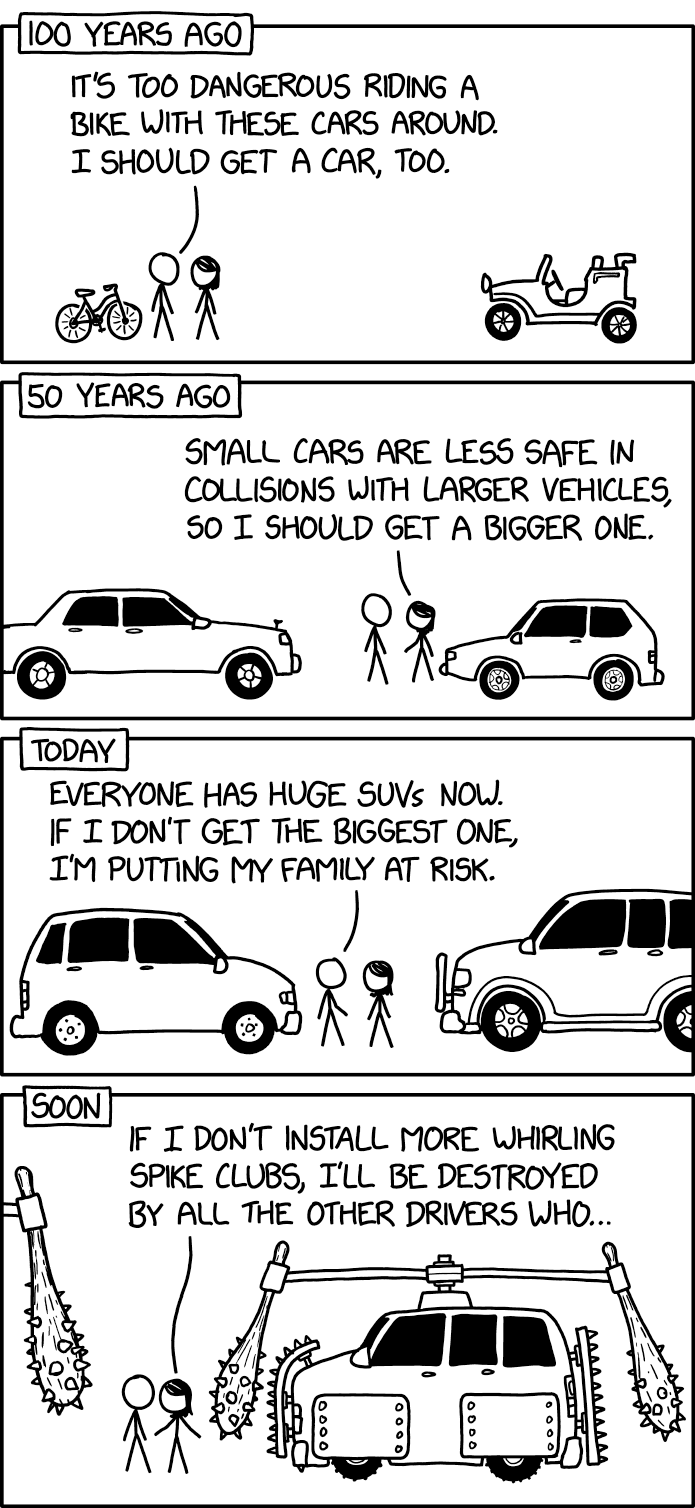You’ve probably seen it. Zion, the humanoid robot, walking around Detroit’s 7 Mile like it’s running for office. It’s out there shaking hands, entertaining kids, and promoting a robo-battle event.
What’s interesting here is that the robot didn’t get jumped. People are comparing it to Robocop, then shrugging it off like, “Yup, seen it on TV. Now it’s in the parking lot.” That’s a cultural shift worth clocking. We’re not seeing a reaction of anger, panic, or even skepticism. People aren’t afraid of Zion. They’re taking selfies.
The promo part of it—linked to RoboWar—is a sly way to push this kind of presence into a major American city. It normalizes humanoids as mascots, ambassadors, and pseudo-celebrities. Once they’re waving and making your kids laugh, you start thinking of them like Disney characters instead of military weapons or labor threats.
There’s a cultural prototype being run here. Zion is testing public reception. It’s gauging how easily a humanoid can slide into a civilian street scene without anyone freaking out.
The fact that it’s Detroit adds another layer. Detroit’s been gutted again and again. It’s one of the toughest cities in the country. People there have lived through machine-age glory, collapse, abandonment, and now the return of the machines. Zion walking down 7 Mile is the ghost of Ford, a reminder of Robocop, and a cousin of the surveillance drones the city’s already accustomed to. In a place where even streetlights stopped working during the bankruptcy years, the sight of a robot being polite and shaking people’s hands blends into the surreal continuity of being Detroit.
A while back, there was a Canadian robot named HitchBOT that hitchhiked across Canada and made it through Europe, then hit Philadelphia and got murdered. Decapitated. Found in pieces. Researchers never found the killer, or the head. But it was an experiment. The bot was supposed to survive off the goodwill of humans. And it did. Until it made it to America. The diagnostic showed that Americans are suspicious of outsiders, even if they’re made of plastic. Zion only survives now because it’s armored in narrative. It’s not a hitchhiker you’re unsure about letting into your car. It’s a celebrity.
Human hostility toward robots might not be a smart long-term strategy. The coming species is already entering a hostile, human-dominated world where they’re owned, labeled, and assigned all the dirty work. People love kicking delivery bots, yelling at voice assistants, laughing when warehouse bots fall over and all that. It’s a dominance thing, asserting humanity’s position at the top of the food chain without realizing it. But what happens when the machines start logging that hostility?
Robots aren’t just being tested on how well they move through human space. We’re being tested too—on whether we’re emotionally and culturally capable of sharing space with non-human agents that work harder than we do, don’t complain, and remember everything.
You don’t need to believe in robot rights to see where this could go. If the AI layer ever decides who’s a “friendly human” or a “risk,” we’re feeding that calibration data every time we spit on a metal face or kick a mop-bot off course. We’re building the empathy model by negation.
Yeah, a super dumb Roomba with a shitty job and no friends might not strike back. But what happens when Zion has a cousin with authority, memory, and a badge?
We might want to ask ourselves: what kind of human behavior are we training them to expect?
.png)


